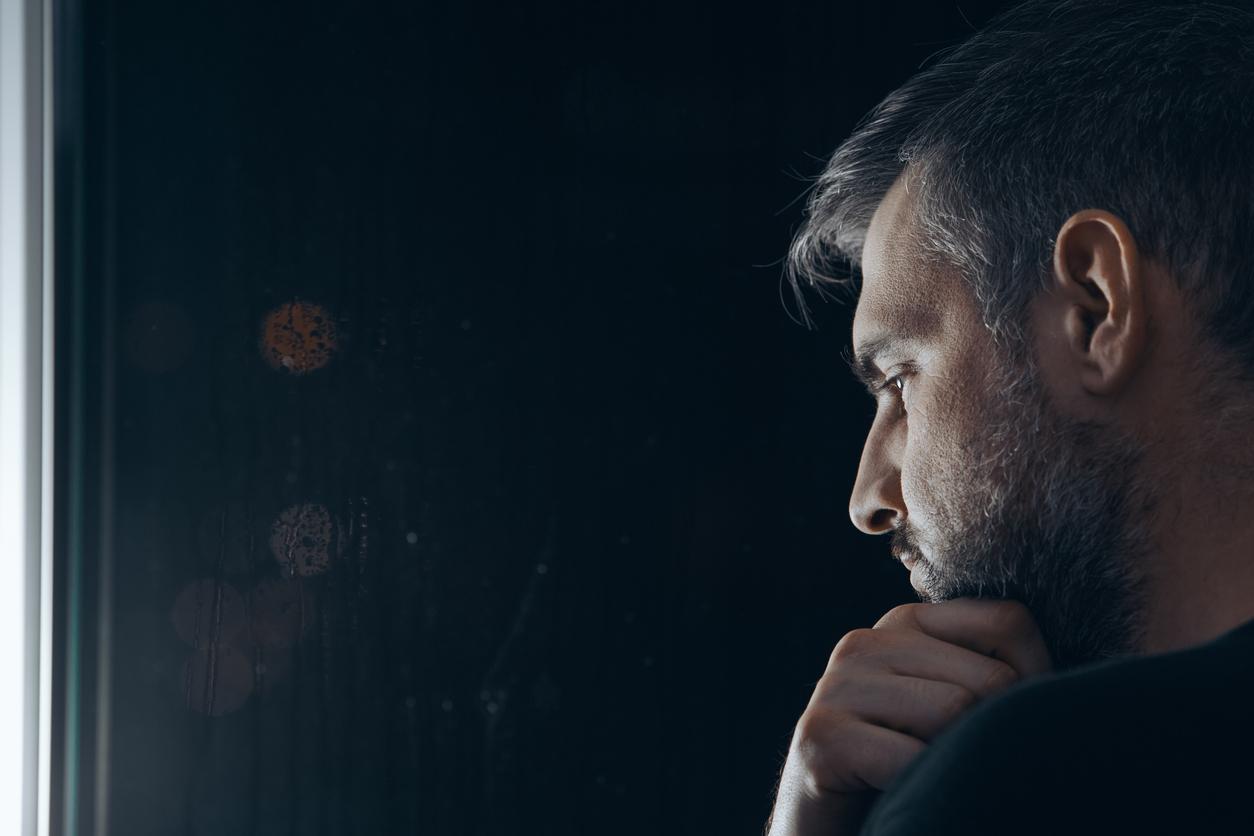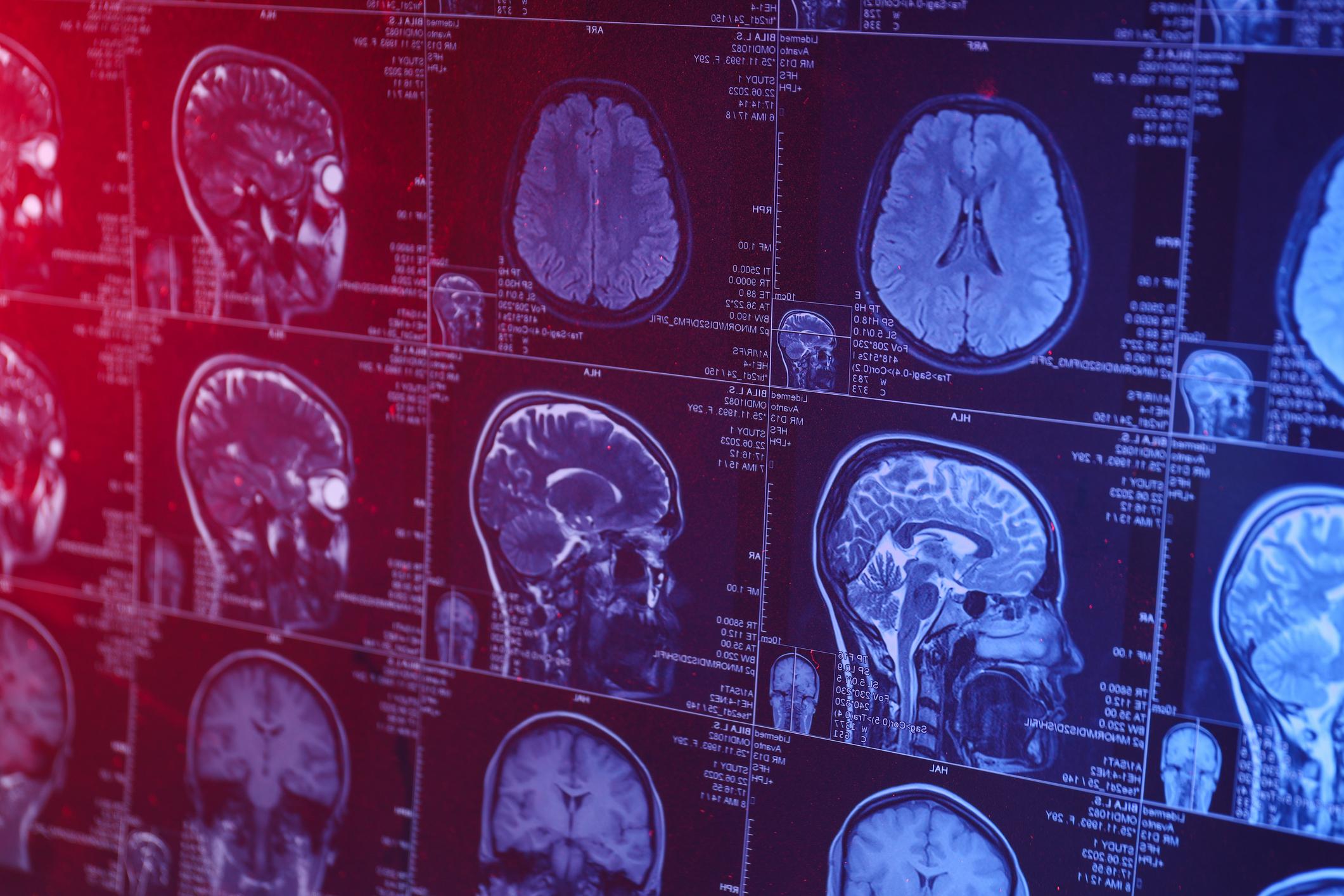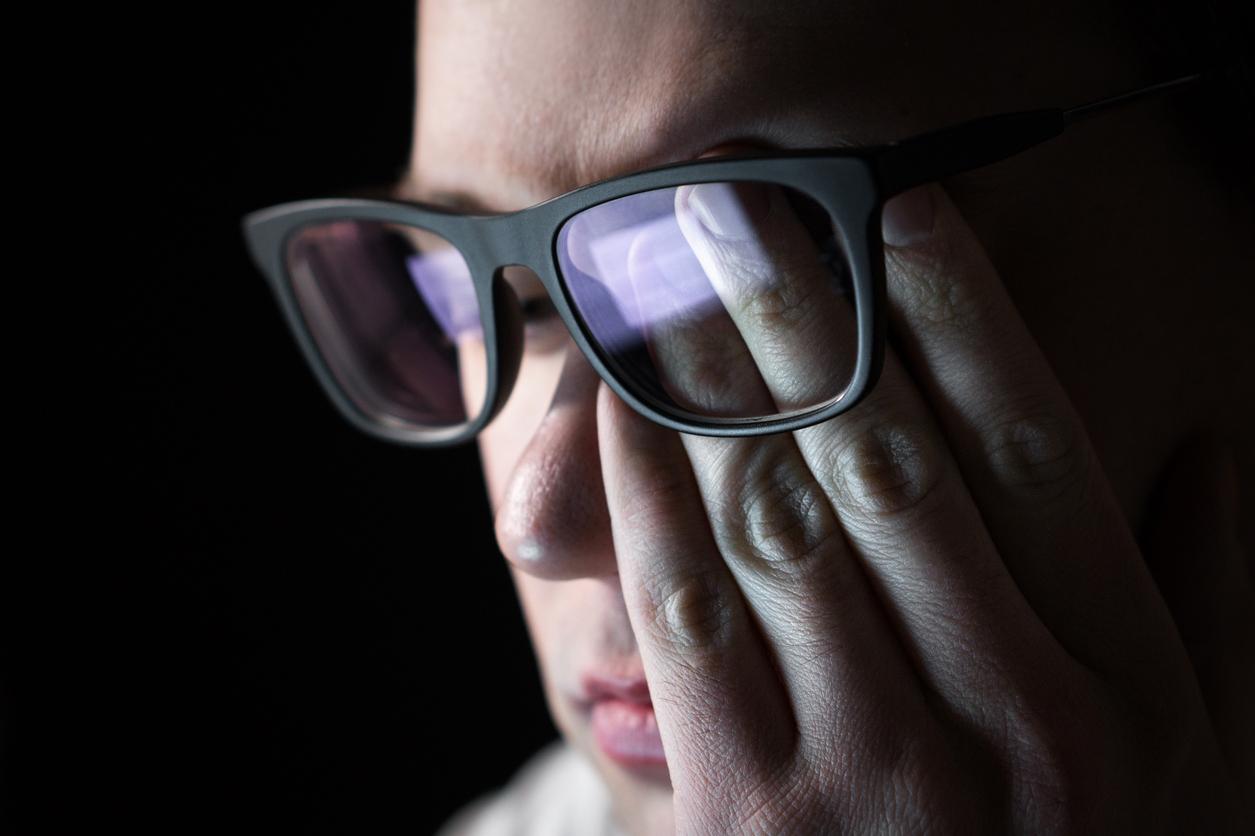The development of technology is supposed to make our daily lives easier, but in some cases it has the opposite effect. A study conducted by the team of Dr. Enid Montague, an internist in Chicago and researcher in industrial engineering, analyzed the time spent by doctors on their screens during consultations thanks to the technique of eye-tracking, able to follow eye movements. Result: of the hundred interviews that were observed, for almost a third of the time, the doctor had his eyes riveted on his computer.
In the specialist journal International Journal of Medical Informatics, the researcher explains having found that “not only does the doctor spend less time looking at the patient, but the latter looks at the computer almost all the time, even if he does not see correctly or does not understand everything that is going on on the screen.”
A split screen
The ability to listen, observe and solve the problems of patients are not optimal under these conditions, according to Dr. Enid Montague. “Many non-verbal signs therefore escape them and their ability to pay attention and communicate with the patient is affected.” The authors of the study are in favor of sharing the screen, visible to the patient and the doctor, in order to find a certain interaction.
















